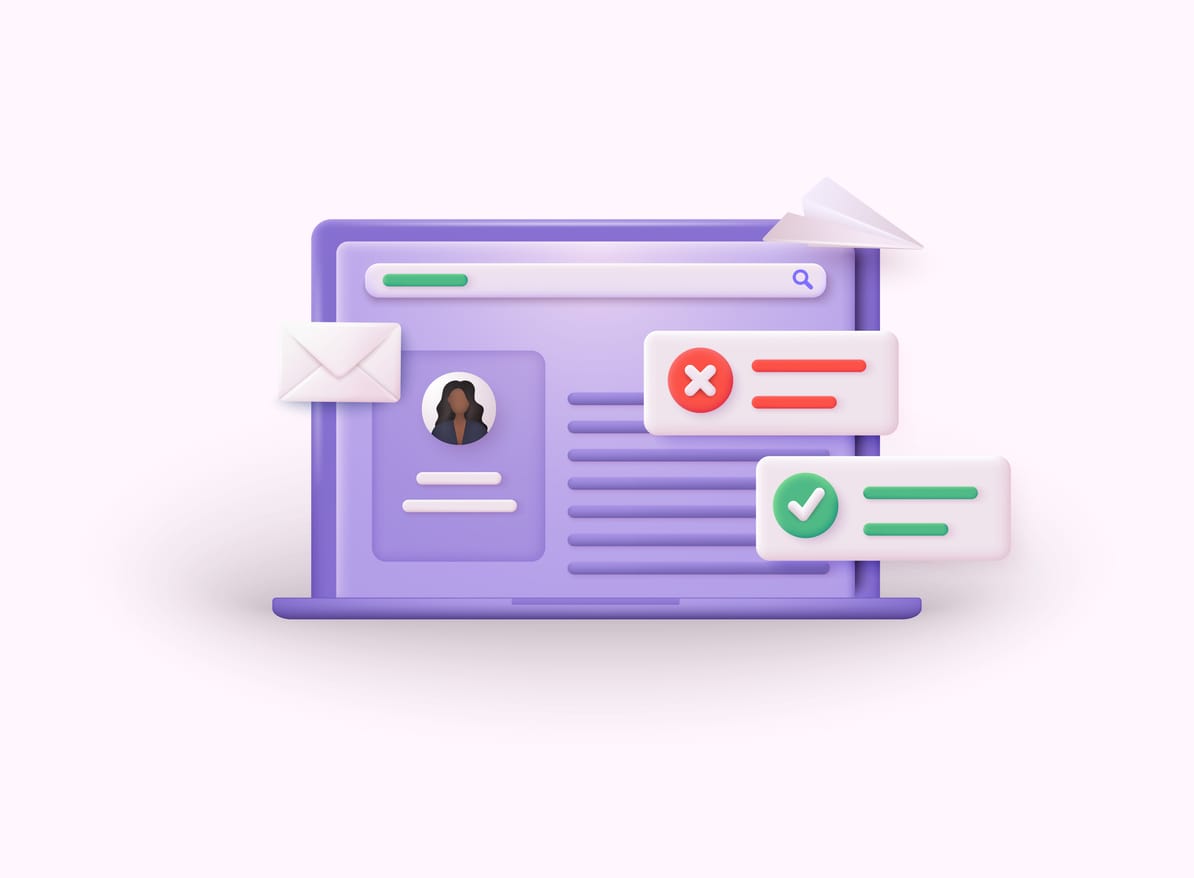If you’re a founder or marketer at a B2B SaaS company struggling to get leads from your landing pages, you’re not alone. Landing pages are often misunderstood and misused, leading to wasted ad spend and disappointing results. But what if I told you that tweaking just a few key elements could drastically improve your conversions, without needing a complete website overhaul?
In this blog, based on insights from industry experts and proven practices shared on the SaaS Marketing Weekly podcast, we’ll break down what makes a high-converting landing page for SaaS businesses, bust common myths, and share actionable steps you can implement right now.
What a landing page is and isn’t
First off, it’s important to clarify what a landing page really is – and what it isn’t. Many companies mistake any webpage for a landing page, but in SaaS marketing, a landing page is a highly targeted, campaign-specific page designed solely to convert visitors from a specific ad or marketing asset.
Unlike your homepage, which serves multiple purposes, a landing page is a standalone experience created to align perfectly with the messaging and promise of the campaign it supports. It’s not easily found via search or general navigation. This focused design helps reduce distractions and guides the visitor toward a single goal – usually completing a form or booking a demo.
Action Step: Audit your current pages. Are you sending ad traffic to your homepage or a broad service page? If yes, start creating dedicated landing pages tailored for each campaign or audience segment.
To nav or not to nav? The landing page navigation debate
A big question marketers wrestle with is whether to include navigation menus on landing pages. The old-school approach was “no navigation” – trapping visitors on the page to force conversion.
However, recent updates from Google have shifted this thinking. Google now uses user behaviour signals, like whether visitors quickly bounce back to search results, to assess page quality. Pages that frustrate users by not providing enough information or options can be penalised, lowering ad rankings and increasing costs.
The current best practice? Anchored navigation. This means your landing page includes a simple fixed menu that links to sections within the same page – such as problem statements, solutions, testimonials, FAQs – allowing visitors to quickly find the information they want without leaving the page.
Action Step: Implement an anchored navigation menu on your landing pages. Include key sections your visitors need to build confidence and address objections, improving both user experience and your Google Ads quality score.
Match your landing page strategy to your SaaS pricing and sales cycle
The complexity of your SaaS offering and its price point should influence your landing page strategy.
- Low-ticket SaaS: For products priced around £20/month or similar, visitors might convert after a single ad click and landing page visit. Here, a simple, conversion-focused page with minimal distractions and a clear call to action works well.
- High-ticket SaaS: For enterprise software or products costing tens of thousands annually, expect a longer sales cycle. Prospects need multiple touchpoints – content, webinars, emails, and repeated visits – before booking a demo or making a decision. In this case, a landing page should encourage exploration with anchored nav, rich content addressing pain points, and social proof.
Action Step: Review your pricing model and typical sales cycle. Tailor your landing pages accordingly – low-ticket offers can be streamlined for quick conversion, whereas high-ticket offers require more nurturing and information.
Stop obsessing over conversion rates – focus on engagement first
A common mistake is to optimise landing pages obsessively for immediate conversions, treating conversion rate as a leading indicator. In reality, conversion is often a lagging signal in a longer customer journey.
Your prospects research extensively before converting, especially in B2B SaaS. They seek education, trust signals, and proof that your solution solves their specific problems.
Rather than only tracking conversion rate, also monitor engagement metrics like time spent on page, navigation through page sections, video plays, and interactions with FAQs or testimonials. High engagement is a sign your landing page content is resonating and nurturing prospects closer to conversion.
Action Step: Use analytics tools to track engagement behaviour on your landing pages. Improve content sections that visitors ignore, and test different formats like videos, interactive demos, or case studies to deepen engagement.
What content should you include on your landing page?
Based on expert discussions, here are key content elements your landing page should have:
- Problem Statement: Early in the page, clearly articulate the pain points your target audience faces. Use language they relate to emotionally. For example, “Worried about losing critical customer data due to ransomware attacks?”
- Benefits Over Features: Instead of listing features, explain the benefits. For instance, “Generate invoices in 30 seconds with a single click, freeing up your finance team for strategic tasks.”
- Social Proof: Include testimonials, case studies, awards, and trusted badges that build credibility.
- Objection Handling: Proactively address concerns such as pricing, onboarding time, support quality, or ROI.
- Clear Calls to Action: Multiple CTAs (e.g., booking form in hero, mid-page, and footer) make it easy for visitors to convert at any stage.
Action Step: Review your landing page content against this checklist. Refresh copy to emphasise emotional connection and benefits. Add real client testimonials and address your most common objections upfront.
Segment your landing pages for maximum impact
Different industries, company sizes, and job titles respond differently. Generic landing pages dilute your message.
Create dedicated landing pages targeting each buyer persona or segment. Adjust the problem statements, benefits, social proof, and CTAs to fit each group. For example, a CTO cares about uptime and integration; a CFO cares about ROI and cost control.
Even small tweaks in headlines like “Built for CTOs of HR startups” versus “Designed for CFOs in fintech” make visitors feel the page is made just for them – which significantly boosts conversion likelihood.
Action Step: Identify your key personas and build segmented landing pages tailored to their specific needs and language.
Experiment, test, and iterate – but don’t waste time on A/B testing too early
While A/B testing can optimise pages, many startups don’t get enough traffic to run meaningful tests on landing pages. Instead, focus on testing your ad creatives and messaging first to attract the right audience.
Once you have consistent traffic, use A/B testing on headlines, CTAs, and layout to incrementally improve performance. But don’t let testing slow down your ability to launch or pivot quickly.
Action Step: Prioritise testing your ads first. Once steady traffic arrives, run A/B tests on landing page elements for continual optimisation.
Final thoughts: your landing page is the gateway to growth – treat it right
Landing pages are a critical junction in your SaaS marketing funnel. Get them right, and you dramatically increase your chances of converting valuable leads without wasting ad spend.
Remember to:
- Create campaign-specific, focused landing pages
- Use anchored navigation to improve experience and Google ranking
- Align page content with your SaaS price and sales cycle
- Prioritise engagement over immediate conversions
- Use compelling problem statements and benefit-focused copy
- Segment landing pages by buyer persona
- Test ads first, then landing pages when traffic allows
By following these proven strategies, you’ll turn your landing pages into powerful lead magnets that fuel scalable growth for your SaaS business in 2025 and beyond.
If you want help building high-converting landing pages or crafting targeted campaigns for your SaaS, Rocket SaaS specialises in supporting small to mid-size SaaS businesses with limited marketing resources. Apply for a free strategy call to see how we can help you unlock consistent lead flow.

Free SaaS marketing strategies & campaign ideas in your inbox every Thursday
Receive actionable SaaS marketing ideas to implement in your business









